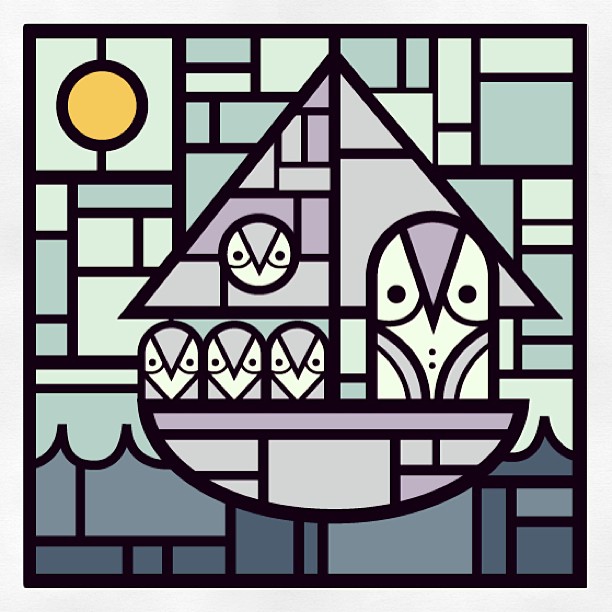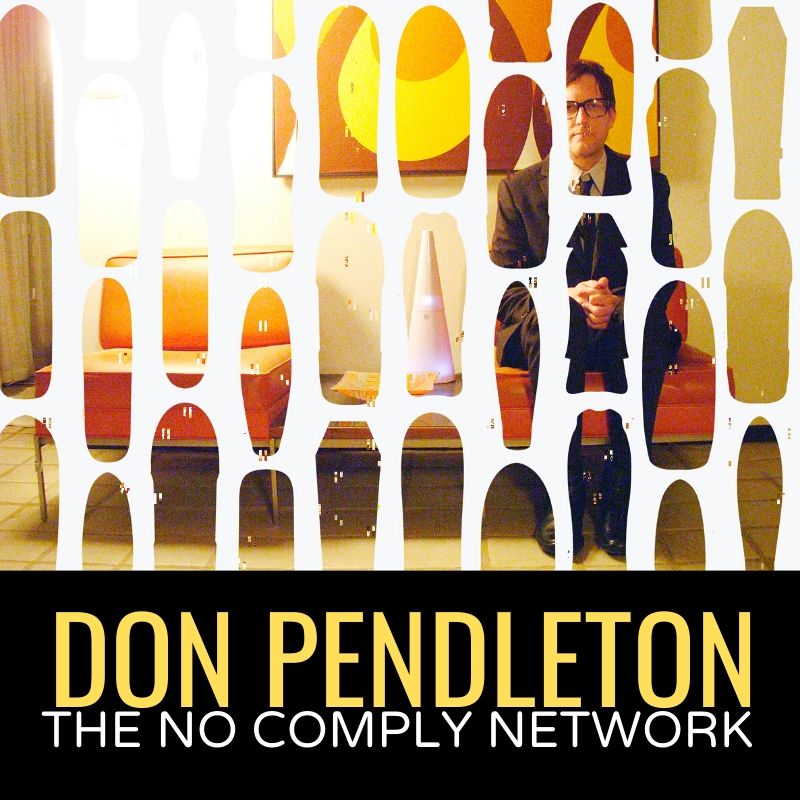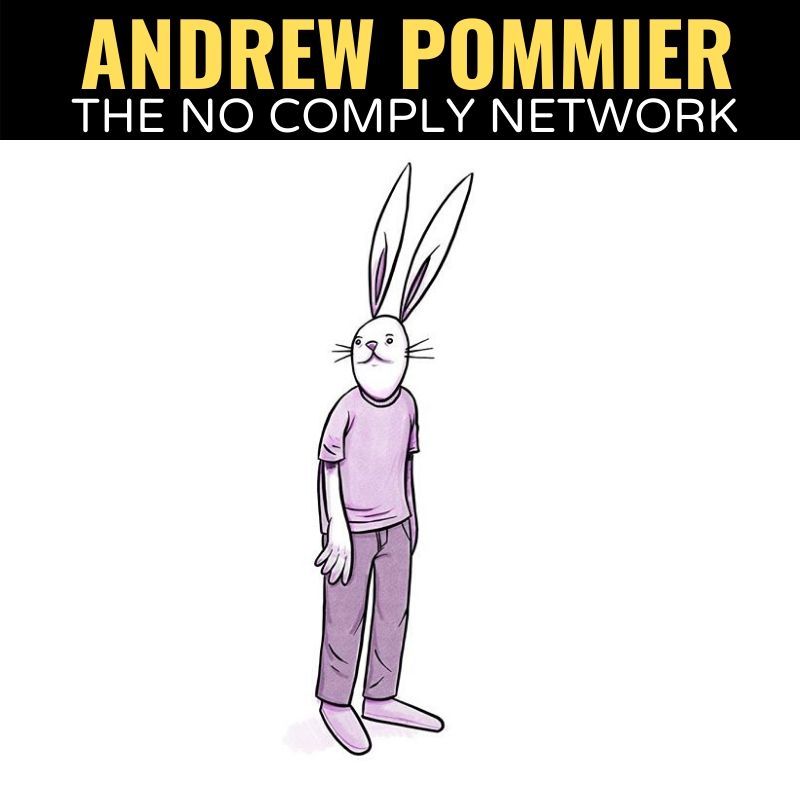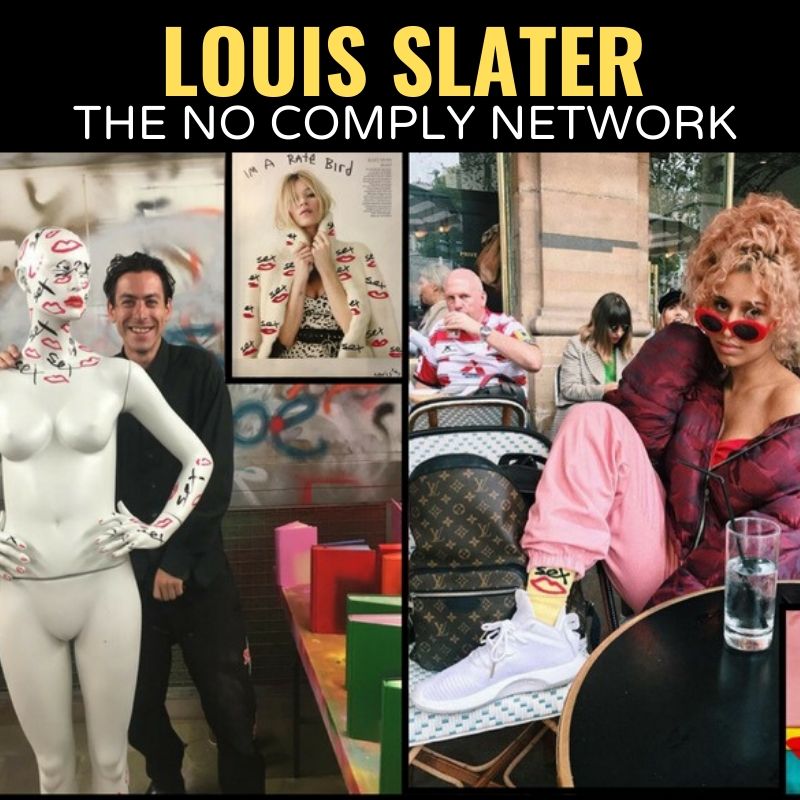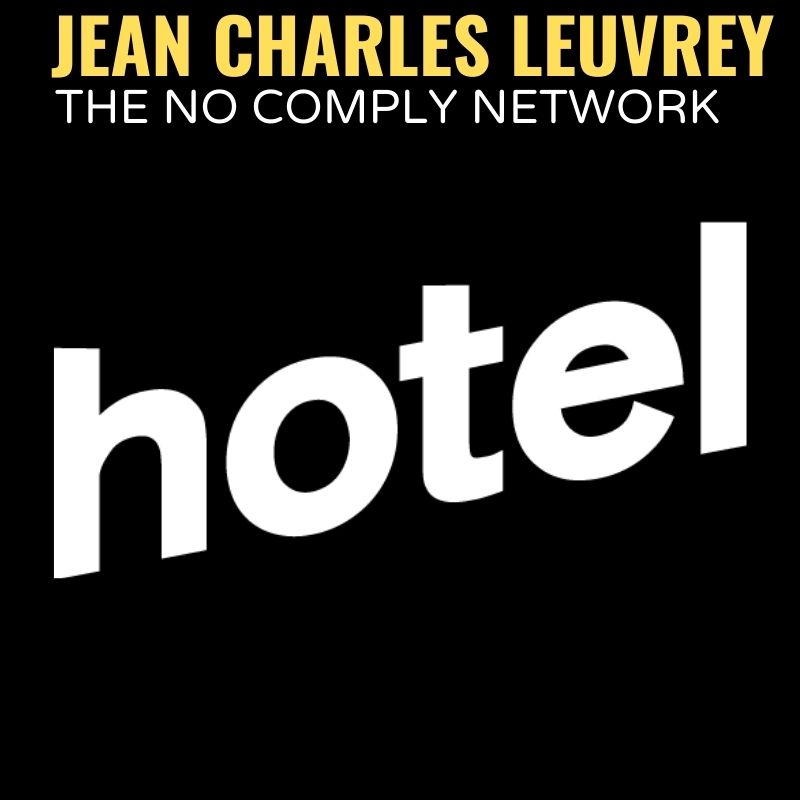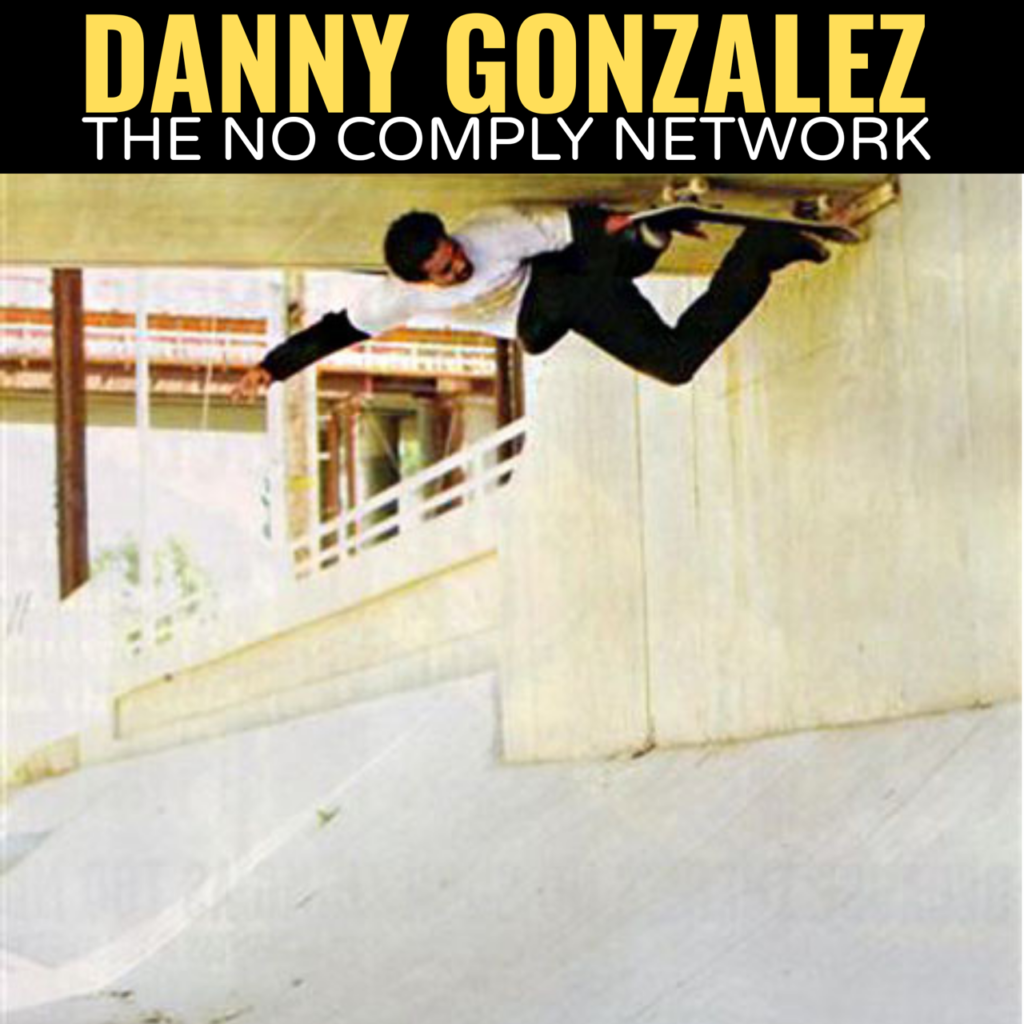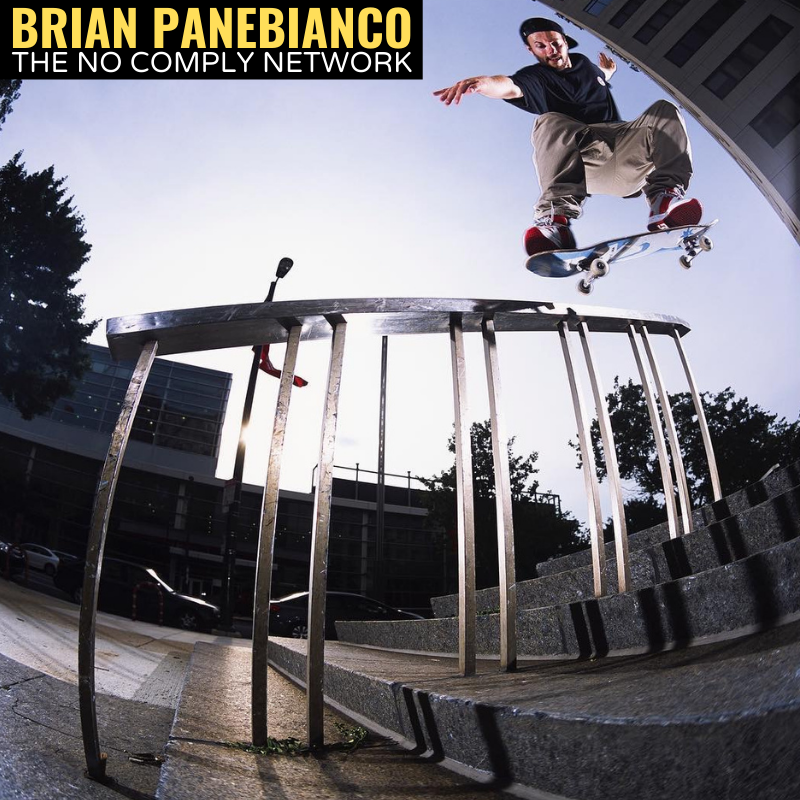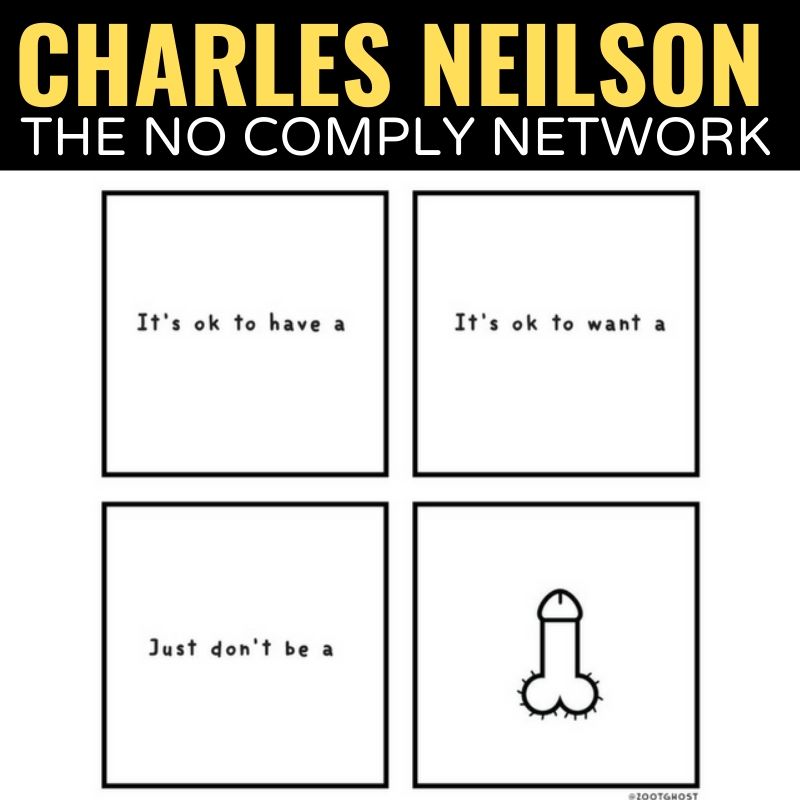Don Pendleton is one of the most prolific and productive graphic artists of all-time.
Born in America’s Midwest, his art’s unmistakable hard lines, affinity for nature, and surreal framing has left a firm imprint on skate culture that is never to be repeated.
Don’s sharp visual style and poetic statements cut through the fog of skateboarding’s graphical malaise and heightened perceptions of what a skate graphic could actually be.
His meaningful skate graphics and art are some of the best ever and preserve the highest quality of design and concept to avoid cliche and monotony at all costs.
We are honoured Don Pendleton is now a No Comply Network Member.
We sat down to talk about Art, Ohio, Alien & Habitat, Dill, AVE, Kalis, Dyrdek , Castrucci, Seek, his own skate company Darkrooom, winning a Grammy for his Pearl Jam album artwork, his creative inspirations, and his favourite artist, music, skate videos and skate spots of all-time.
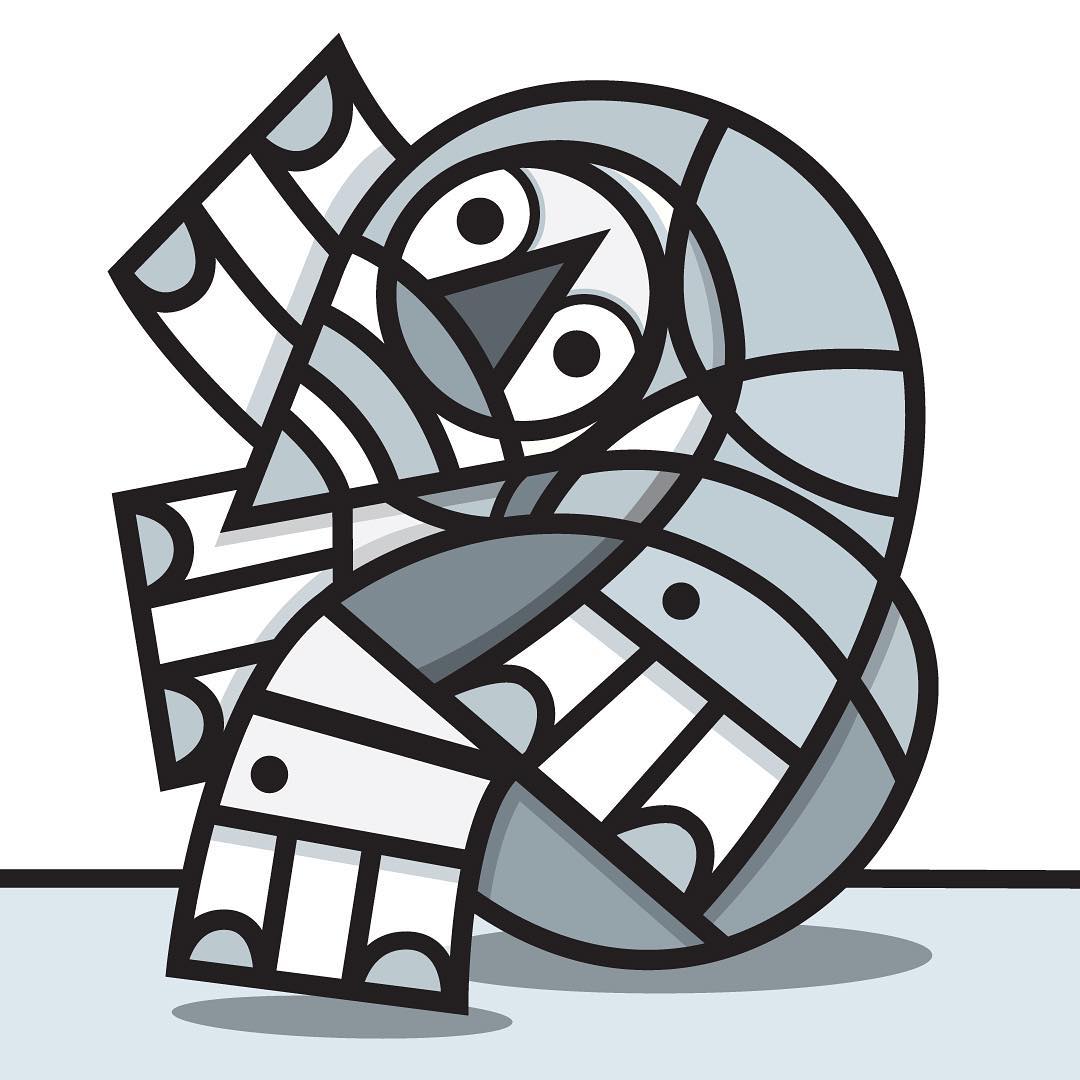
What’s your full name?
My full name is Donald Pendleton.
Where’d you grow up and where do you live now?
I grew up in Ravenswood, West Virginia (U.S.) and currently live in a little town outside of Dayton, Ohio.
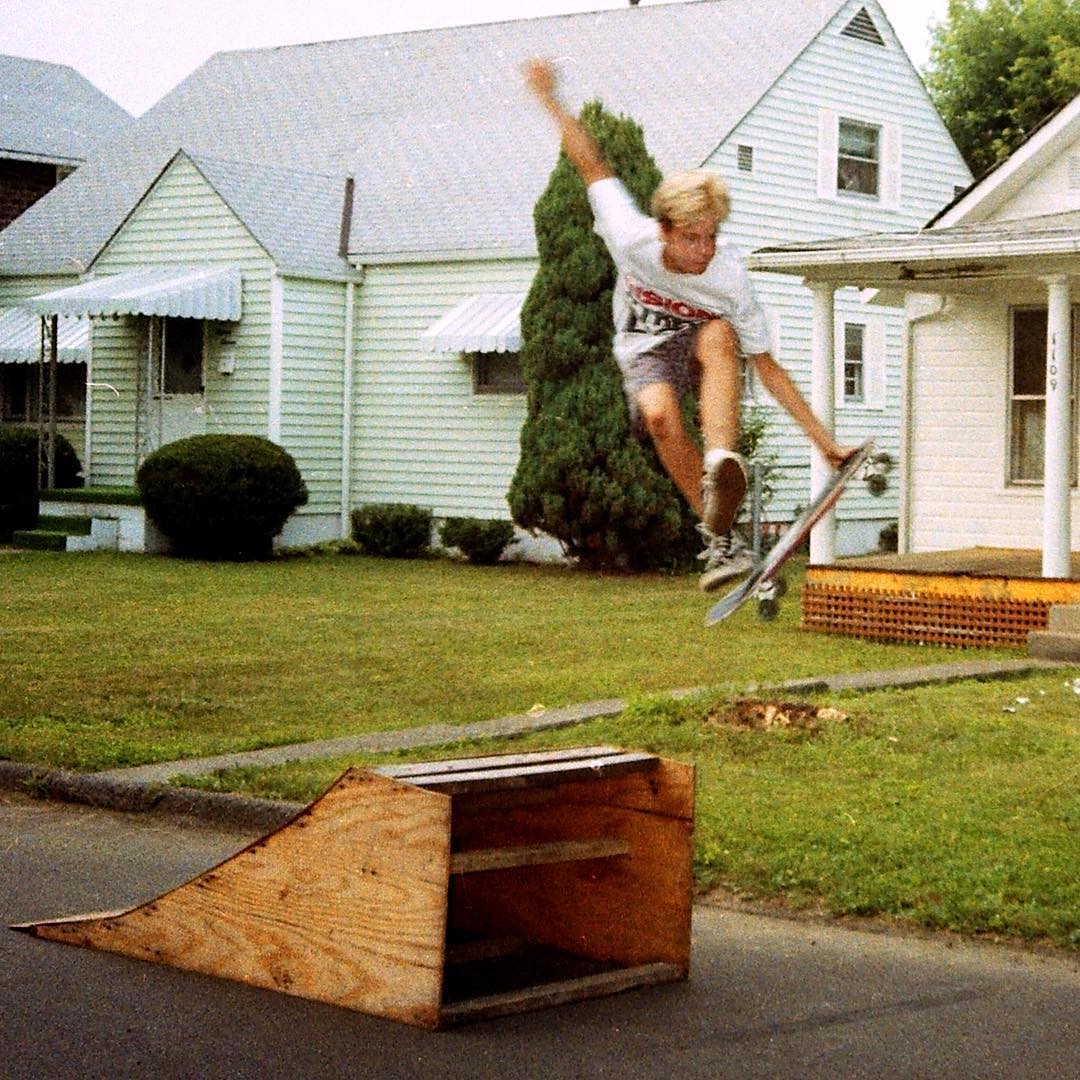
[Don Pendleton, Judo Air, Ohio: 1991]
You’ve lived in Ohio your whole life, why do you continue to still live there?
Dayton is mostly a blue collar town and it’s similar to the town where I grew up so it’s comfortable for me. It’s about 3 hours from where I grew up.
The area where I live is just a very traditional, middle-American neighborhood, trees and sidewalks, that kind of thing.
Ohio has a little of everything and we get all 4 seasons (sometimes to the extreme).
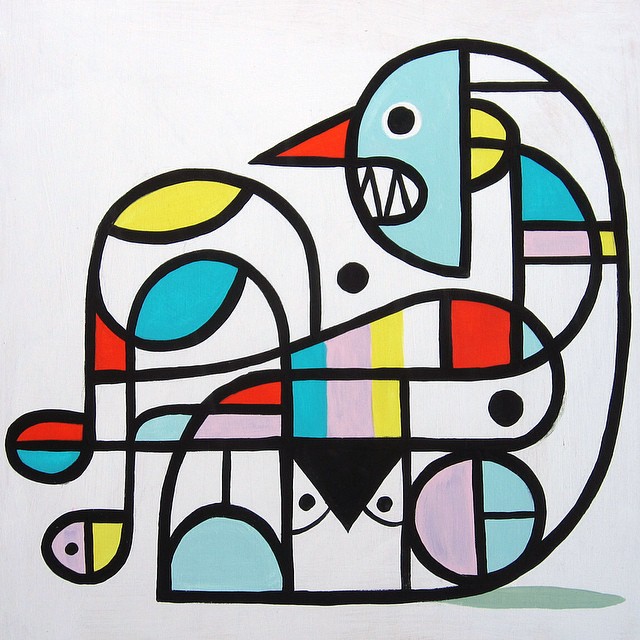
Lots of rural areas but also bigger cities within an hour’s drive.
Very little traffic, friendly people, low cost of living…politics aside, there’s a lot to like about Ohio for the most part.
Where did you learn to skate?
In the streets of the town where I grew up. Small, rural place…
I started out on banana boards but ended up with a more modern board in 1986.
We built launch ramps and quarter pipes and learned to skate curbs and banks, that’s pretty much all we had.
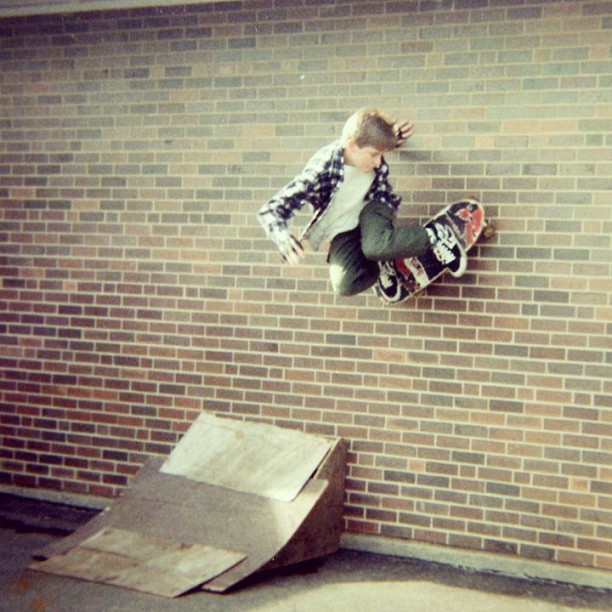
[Don Pendleton, Backside Wallride, Ohio]
How did you start making art?
Growing up, there was always a shoe box full of pens and markers around so it was just how I would pass time as a kid.
Almost always had a sketch book, my dad would paint and my mom was always working on crafts so it was just a standard part of being being a kid for me.
I was lucky.
So they were your earliest artistic influences?
My dad painted a lot when I was really young so I would sit and watch him work.
I was probably about six years old when he was really completing a lot of those…landscapes, animals, birds and those kinds of things.
Seeing him do it early on made me think it was just something everybody did once in a while.
He did it to have fun and pass the time so I never took it too seriously.
Thinking back on it now, I can’t imagine having someone hovering over me watching while I paint but he never seemed to mind.
Eventually he got me my own little canvas.
Turns out, painting was way harder than he made it look.
I mostly stuck to markers and crayons after that until I got to high school.
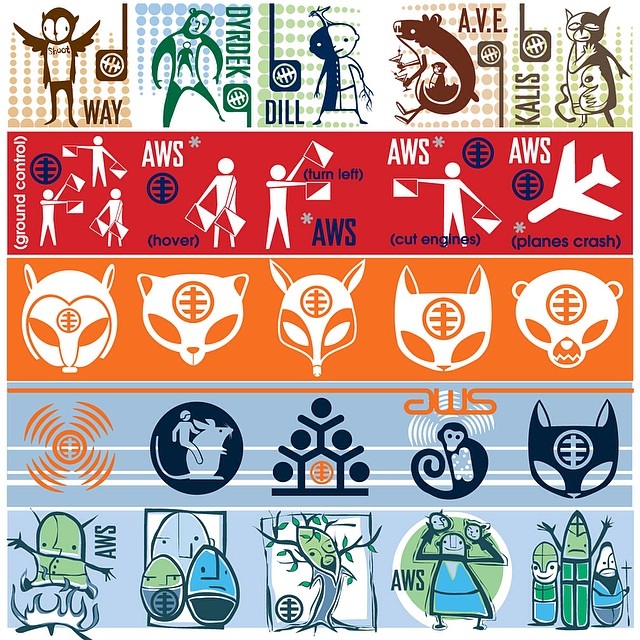
What other kinds of art have you made?
I’ve done a little bit of everything over the years…painting, ink, drawing, some sculpture, murals, cut paper, dicking around on the computer.
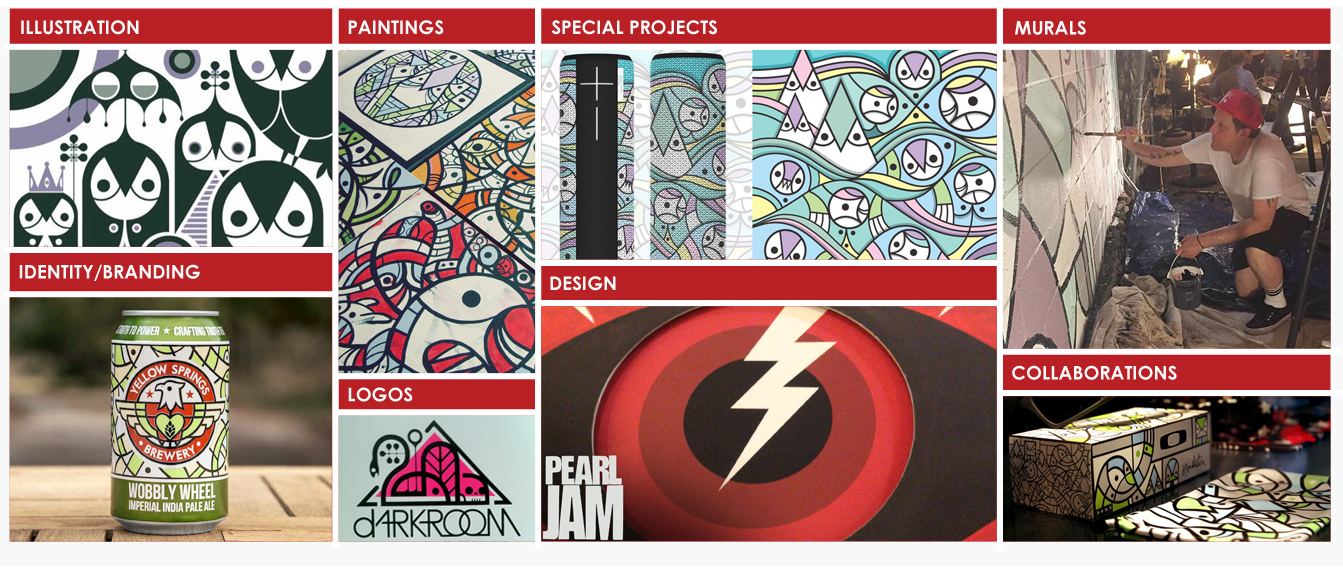
What type of work are you making right now?
I just finished up some paintings for an upcoming show so that’s been the focus the past few months.
But I try to switch it up every so often, even it just to keep it from becoming monotonous.
The cut paper stuff was a challenge but it was also nice to get away from painting for a bit.
I’m not sure if it’s art that inspires me to create as much as it is just whatever is floating around in my head.
I’ve been more inspired by books over the years than I have been from art itself and so my sketch books were always journals as well.
So most of the ideas began from journaling/writing as well as sketching.
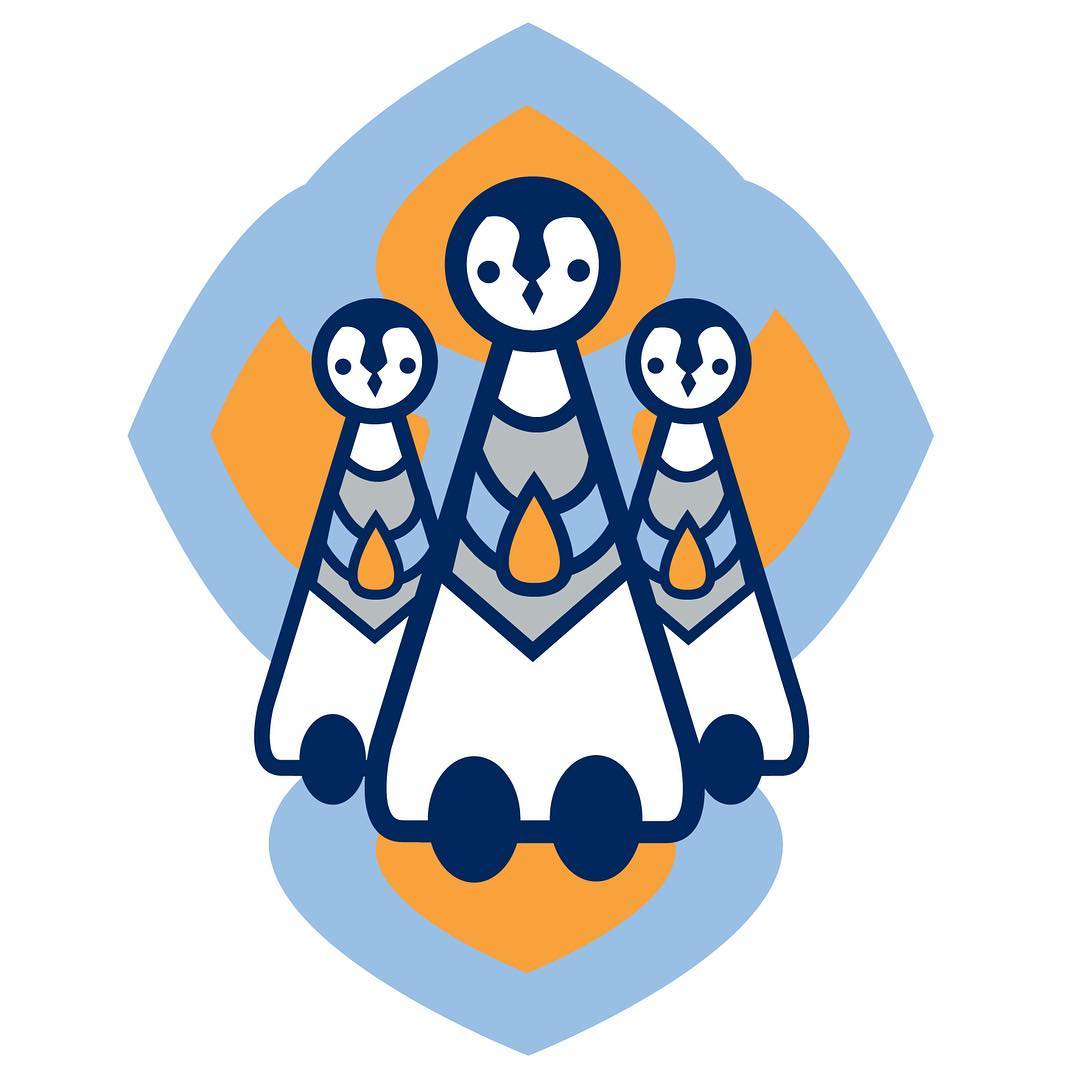
Which skaters inspire you and why?
In skateboarding it was always those early days;
Chris Miller
John Grigley
That’s why skateboarding and art seemed so connected for me…these were guys who were pros but also artists and I appreciated that connection early on.
Nothing was more inspiring than a pro who did his own graphics because they ended up with a natural style that seemed to translate from one to the other.
And style was always a big factor in both.
But when you would get a new issue of Thrasher or Transworld and see all the new graphics, it was impossible to not get stoked over seeing those all laid out, there was some magic there that stuck with me as a kid.
Every new magazine was like Christmas morning because that world was so different from where I was growing up.
What inspires you outside of skating?
After I got to college, I studied artists whose work I had never been exposed to before and I became a big fan of Kandinsky and Chagall and Miro.
I was familiar with Picasso but learning more about his process and how productive he was as an artist was inspiring.
Until then, my education has been more geared toward making art rather than studying art history.
Beyond that, after I found skateboarding, it would have been those old skateboard graphics I mentioned..my favourites being Blender’s G&S Coffee Break board and John Grigley’s Old Ghosts series for Vision.
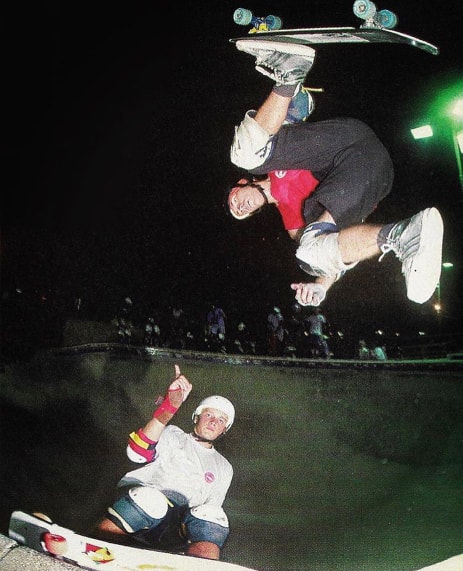
[Chris Miller and Neil Blender, Over and Under]
Your art style is unmistakable. How did you define the look of your artwork?
I worked for a few newspapers when I was younger.
It was always about deadlines and finishing up quickly so my style was in a lot of ways defined by how much time I had to complete an illustration.
It wasn’t uncommon for me to have an hour or two to finish a piece so I spent a few years getting used to those kinds of deadlines and drawing quickly.
So there were a lot of basic shapes and not a whole lot of detail.
Later on, even when I had more time to put into the work, I kept finding myself using that same style and working as quickly as I could.
Turning it all into something I could make money from meant that I was always working on someone else’s schedule and that also meant work as quickly as possible.
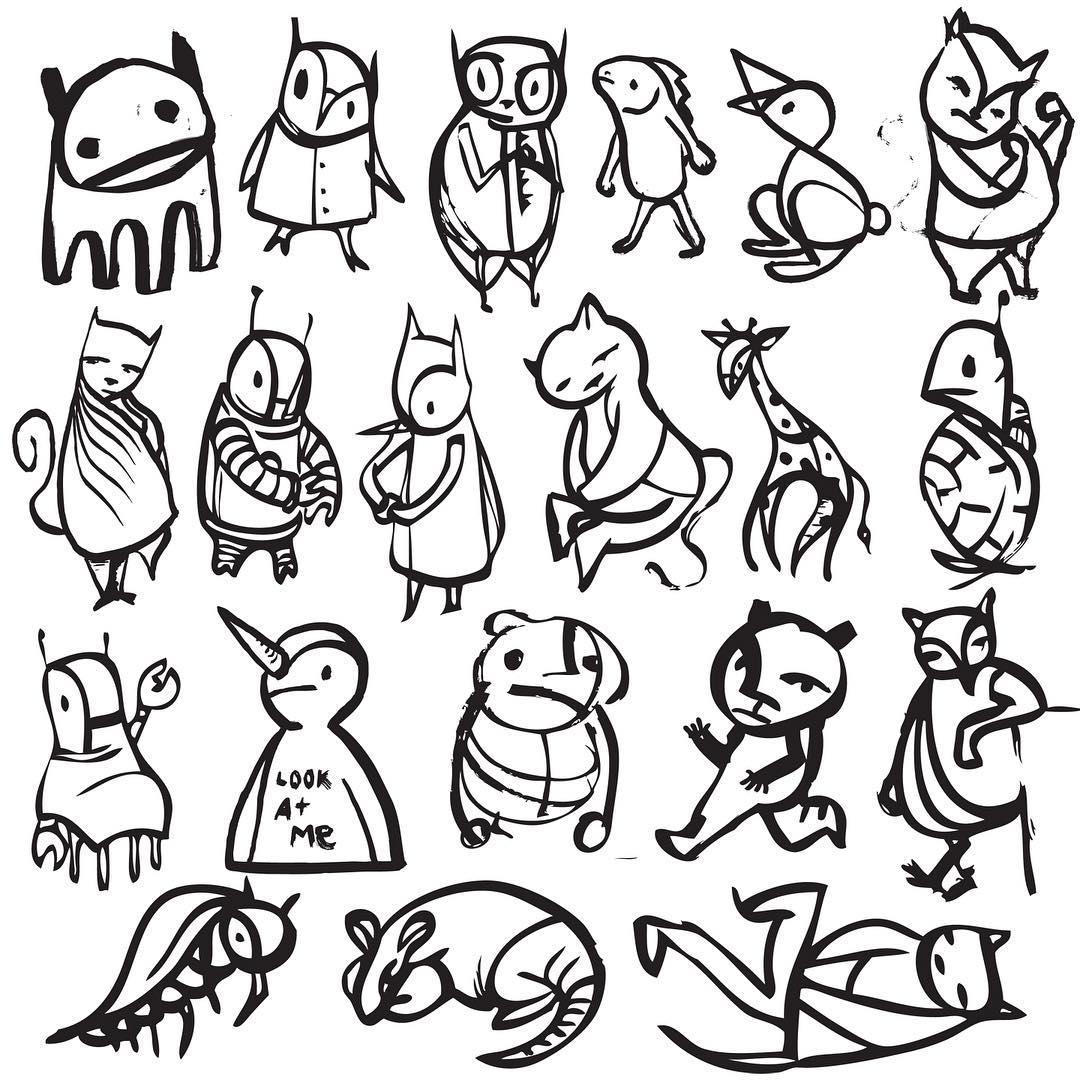
What’s your process in making a new work?
A lot of times it’s just about creating some identifiable shapes and using lines that break the space up into an interesting balance.
Do you draw a sketch and work from that?
Most of it starts in a sketchpad where I just try to get an overall feeling of where it’s going and then I’ll start on the final version where I might add more details or make some changes along the way.
How do you let a piece naturally evolve?
I do think there is an instinct involved in making the shapes because if I think about it too much, it tends to not work out as well.
If you randomly sketch and draw shapes, you’ll eventually see something emerge that you can develop so it can be a very hit or miss process.
Illustrations are a bit different…starting out trying to make something look identifiable and specific can take some of the fun out of it.
Sometimes it feels like a simple process of pareidolia, which is just a fancy name for visually identifying specific things in random patterns and shapes.
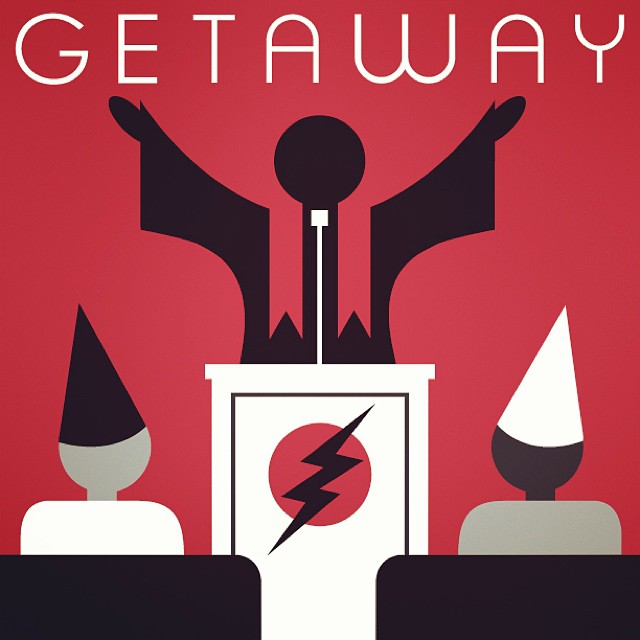
Do you think defiance is important to art?
Absolutely but I’ve never tried to overload the art with any kind of literal messages.
Art is the only voice I have sometimes and I want to use it in a way where there is some depth and some part of me mixed in with it all.
But again, I want the viewer to find those and interpret that stuff on their own.
I’m not comfortable spoon feeding people ideas about existence, politics or any of that through my art.
They’re in there most times, people just have to look for and interpret them.
When did you realise you could live off your art?
Probably when I started working at Alien Workshop.
Up to that point, I’d made money doing illustrations and design but it was always tied to other work like copy editing for the most part.
I enjoy copy editing but I wanted to spend all my time doing artwork, not just to do it when I could squeeze it in.
But you have to think back to around 1996.
At that point, art was a career that nobody particularly wanted because it didn’t pay much and it was tough to find jobs.
You really had to love it to choose it as a career because of all the other negatives and baggage that came along with it.
These days, it’s very common for kids to want to be an artist because they see it as a career that represents personal freedom and some public visibility but back when I was young and told people I wanted to be an artist, a lot would give you this very serious look of disappointment or sympathy.
Being an artist isn’t an easy career.
You sacrifice a lot along the way in order to put your time where it needs to go and not everybody can commit to that.
How’d you become designer at Alien Workshop?
By responding to a classified ad that the company had posted in a newspaper.
It was just random luck that I saw the ad.
But about a week later I got a call and drove 5 hours and interviewed with (Chris) Carter and (Mike) Hill and a week after that, Carter called and offered me the job.
So it was a very traditional application-resume-interview scenario.
To be fair, I had met Carter a few times because he was from WV but I don’t know if that gave me an advantage or not.
Having been a skateboarder for so long and being a fan of the company definitely helped.
I knew the history of what they’d done so that probably gave me a better understanding of where they were going as a brand.
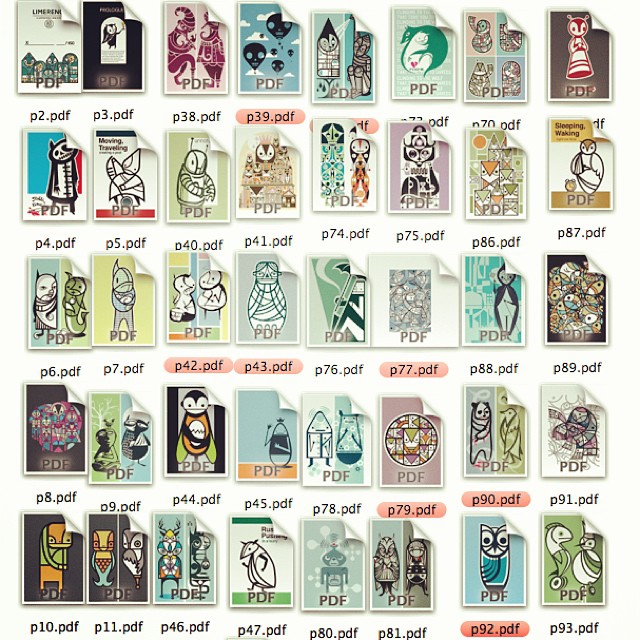
I read you’ve made over a thousand skateboard graphics, is that true?
That would be all companies combined over the course of about 20 years.
I have no idea what the total number is to be honest.
But for every board that people see and recognise there are a lot more logo decks out there that I designed for companies like Element, AWS and Seek when I was working for them full time that people probably wouldn’t immediately identify as my work.
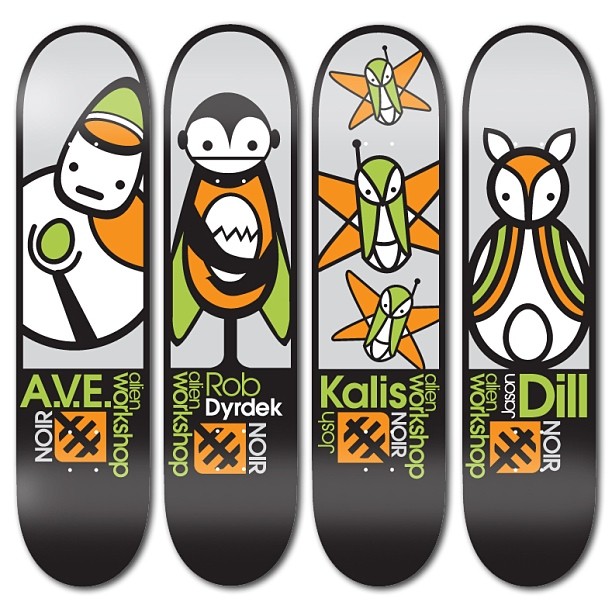
Advice for graphic designers who want to create boards for a living?
It’s a weird time to be an artist.
And ironically, skateboarding seemed to be one of the first industries that was keen to eliminate the ‘full time artist’ position because companies realised they could do that and still get by.
It’s kind of a bummer because a lot of companies replaced that traditional art department with a flatbed scanner and someone who kinda knows how to use Photoshop in some cases.
In other cases, they use freelance work or licensed art.
So unfortunately the opportunity that I had..to work daily with a company, be creative and make a living…that position doesn’t really exist anymore within a lot of companies and that’s a bummer for those growing up who want to follow that same career path.
I would never want to discourage someone from going down that road I went down.
I think it’s just fair to let them know that so much has changed that it’s tougher to find those opportunities.
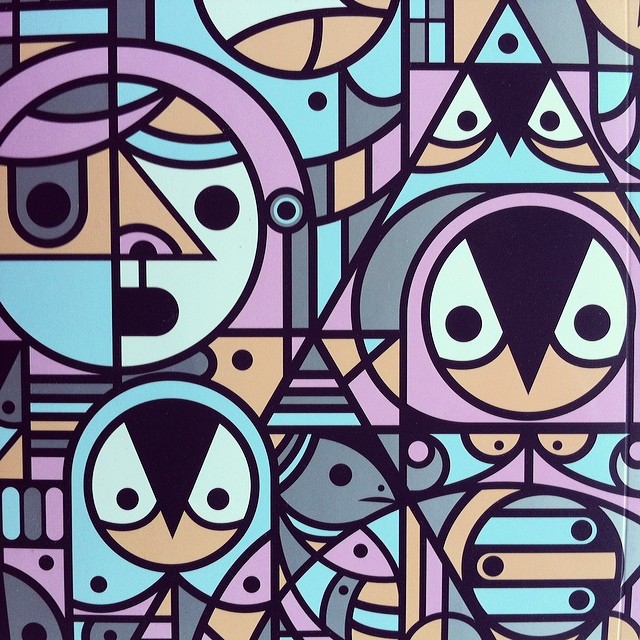
Tips for artists on how to improve their work?
As far as improving their work, just do it constantly, keep a sketch pad and don’t worry too much about how it will be received.
Keep it for yourself, everything doesn’t need to end up on social media.
What was it like making art for Habitat?
Habitat was Joe Castrucci‘s brainchild.
He pretty much put that together from the ground up starting with that very first logo to assembling the team and doing all the graphics, products and videos.
I started off trying to help with some of the identity but it was clear early on that he knew what he wanted and had a vision for putting it all together.
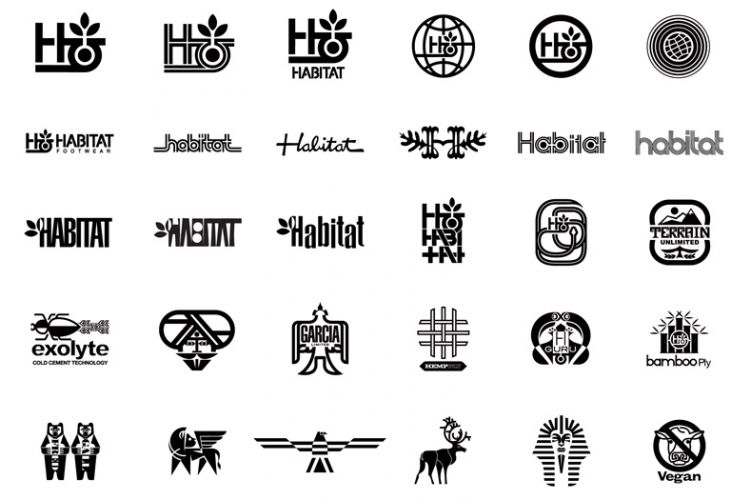
Joe and I were hired at the same time in 1998, he came on as the video guy but he also did some Alien graphics that first year.
After Habitat was on the radar, he was 100% focused on it and I was 100% focused on Alien.
Thoughts on ‘The Workshop’ team past and present?
There was never a time when Alien didn’t have a group of solid team dudes.
I think that’s one of the first reactions people have to AWS is that the teams have always been on point.
It’s nice to have an interesting identity and unique graphics and that kind of thing but without a good team and quality boards/shapes, the rest of it doesn’t end up meaning a whole lot.
They’ve always done it right and that’s why they’re still around.
Jason Dill?
Jason Dill could wear a birdcage on his head and a month later, kids all over the world would be wearing birdcages on their heads.
That’s a gift.
Kinda crazy at times but it’s the good kind of crazy.
Loveable, talented.
Probably one of the most natural street skaters to ever do it.
Always made it look easy.
AVE?
I was lucky enough to see Anthony Van Engelen come up from just a young kid when he got on the team to watching him develop into a legend.
Always had lots of power and his own style.
When you work with these guys for a long time, you always root for them to do well so it’s rad to watch them keep it going and make it happen.
Carter?
Super funny guy, always supportive.
There’s a handful of people I’ll always be grateful to besides my parents and he’s one of them.
With AWS, it wasn’t just a job or a business for him, that was literally his life for a long time so he was a friend as much as a boss.
I don’t think anyone in that building or anyone on the team was just there for a paycheck and Carter is why people were stoked to be involved.
Favourite skate video of all-time?
This is the question where I know I’m supposed to say Blind Video Days, Questionable or Mouse (and for the skating alone, those are up in the top 5) but I’d say Memory Screen for the music, the visuals, the creativity…it’ll always be my favourite for those reasons.
I feel like it kind of set the pace visually for the origins of the brand and in a lot of ways it was the video that inspired so many other videographers and editors.
And it became a glimpse of what was possible with skateboard videos.
Just way ahead of its time.
It’s easy to romanticise videos like Hocus Pocus, Wheels of Fire and Animal Chin…all great in their own ways for their time period.
It’s impossible to compare that stuff because they all existed perfectly in their own little time and space.
You created work for Seek, what did you think about that short-lived but sick skate company?
I think we all had some concerns about the direction of Seek from the beginning but it made sense at the time to kind of give (Rob) Dyrdek and (Josh) Kalis something that was more under their control.
AWS had evolved, the team had really developed and some of the guys didn’t really fit into the identity of what Hill and I were working on.
Dill had kind of become that visual representation of AWS (more artistic, maybe a little more dirty and experimental) while Dyrdek and Kalis had almost been more identifiable as DC shoes guys.
So there was a lot of talk about a brand that felt more like DC where Dyrdek and Kalis could kind of develop the team and feel.
At the end of the day, it just became something that took a lot of my time away from Alien, increased the work load and muddied the waters a bit.
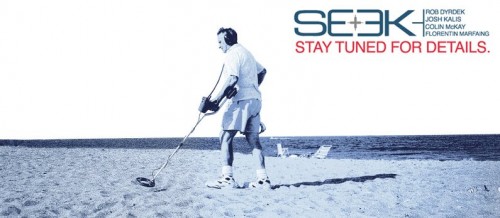
Favourite Seek graphic and why?
Hill eventually started doing all the Seek graphics and turned it into something unique.
But the ones I did for Seek are probably the least memorable graphics I’ve ever done because I couldn’t much relate to Dyrdek or Kalis’ style.
It was kind of like making art with a blindfold on.
I had no idea what I was trying to create or what it should look like.
Your album cover artwork for Pearl Jam‘s ‘Lightning Bolt’ won Best Recording Package at the Grammys. How did that come about?
Jeff Ament (the bassist of PJ) contacted me about doing a logo for the band’s 10th album.
And after some emails discussing album designs over the years and some of our favourites, it developed into doing the artwork and illustrations for what eventually became Lightning Bolt.
It was a super fun project, really. And Jeff is a great guy, easy to collaborate with.
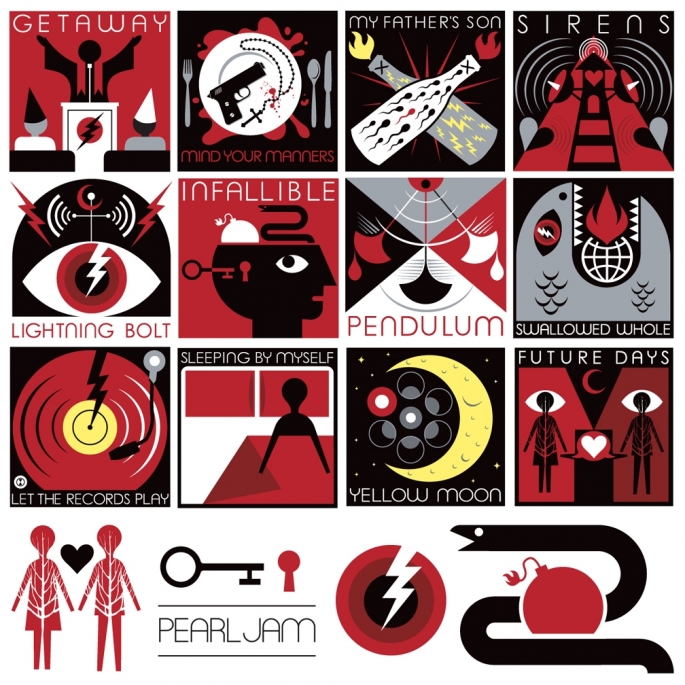
He’s a skater so we had that connection from the beginning.
The award itself didn’t mean too much but I’ll always be stoked on being involved with it and helping to put it together.
It was cool to be able to call my mom and say,
‘Hey mom, we won a Grammy!’.
You’ve collaborated with big brands. Which one was your favourite?
I’ve been very fortunate that most of those larger companies approach me in a way where we both have a voice if we’re working together on a project.
At the time I did the Mountain Dew collaboration, Paul Rodriguez was involved, one of the guys who worked at Pepsico in marketing was a skater and several of the guys who worked at the marketing firm involved were skaters so even though it was a big project with a lot of people, there was also a lot of respect for the process, how the art was managed and handled and how it all made sense.
Honestly, I’ve never had a bad project…Volcom was a ton of fun to work with, some are just more memorable than others, probably due to the amount of work but again, I’ve been lucky.
There is this narrative that larger companies are more controlling when it comes to creativity but I’ve had projects with very small brands where they choke all the creativity out of it and I’ve had projects with huge companies that give me all the creative freedom I could handle.
The truth is that it’s all about who is in charge, not the size of the brand.
Why do you think originality is important to art?
Because your style becomes your voice.
And just like with skating, you can’t fake it or copy it or it all just dissolves eventually.
You’ve got to build on instinct and let things develop naturally and those things can’t develop if you’re just trying to copy what’s popular or what you think will get you paid.
I have the kind of style that most people would have suggested that it would never work commercially.
I’m not a fan of my own work, I’m always trying to develop it but it’s the only style I have so I’ve learned to embrace it.
Shout out to artists who think the path to success has to center around Instagram, Bart Simpson or Mickey Mouse.
I just hate to see pop culture dissolve into a period of art where people are simply taking things that others have created and recycling/ rearranging it and then pretending that it’s somehow new.
Or this approach of appealing to the lowest common denominator that’s centered around likes and shares on social media.
There are those who love to say that nothing is original but if you’re just copying and recycling other peoples’ ideas, of course nothing will be original.
I mean, draw with a blindfold on if that’s what it takes.
Art isn’t supposed to automatically appeal to people.
It’s supposed to take time and work to get to a point where people see something unique in your work so it’s OK to go through a period where nobody likes it.
It’s probably way healthier than the alternative in the long run.
Who are your favourite musicans?
I’m kind of a creature of habit so I tend to listen to the music that I connected to and just stuck with over the years:
Elliott Smith.
The Cure is one of my favourite bands.
The Smiths.
New Order/Joy Division.
Lots of older British stuff.
I grew up listening to Willie Nelson and Waylon Jennings so that kind of music makes it into the rotation when I’m working.
A band called The Lees of Memory is another band I dig.
Recently when I start painting, I almost instinctively put on Pornography by The Cure and I just let it loop for 8 hours.
Favourite artists of all time and why?
Miro for the line work, colour and identifiable style.
Picasso for building something that became an extension of his life.
Paul Klee for those shapes and paint strokes.
Chagall for all those rad animals, characters and stained glass.
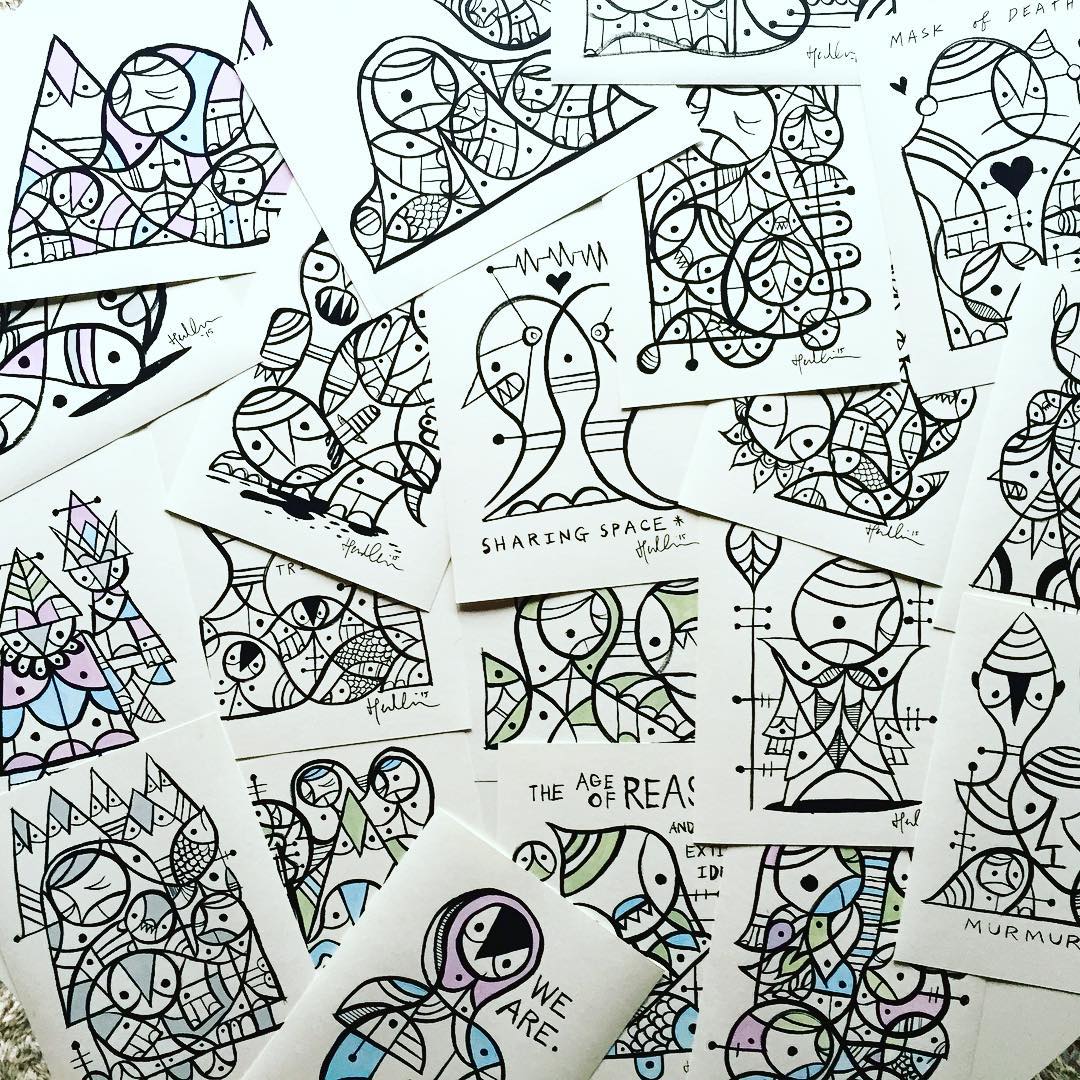
On a board?
Aside from those previous guys I mentioned, there are a bunch of artists whose work I respect:
Porous Walker for adding veiny dicks to the landscape of skateboarding.
And I realise it’s a very long list but I know most of those guys at least casually and they work their asses off and they all have their own unique styles and they’re all connected to skateboarding, which remains that common thread that makes it all relatable.
I look at those names and we all grew up in similar situations and had a lot of the same experiences and struggles trying to turn this stuff into something that would pay our bills somehow.
And that’s a rad bond to share with others.
Outside of skateboarding?
One of my favourite painters is Dave Kinsey who started in skateboarding but is a legitimate fine artist now.
I don’t really follow ‘fine art’ outside of skateboarding, for better or worse.
Most part my favourites are still tied to skateboarding in one way or another.
Favourite skate style and why?
There are so many…
Gonz was the OG style dude in my mind.
Natas for sure, unique as a fingerprint.
Cardiel, Guy, Dill, Pappalardo.
If I had to choose one, I’d go with Natas because he has the perfect combination of controlled chaos and grace.
It’s rare to find that combination of power and control.
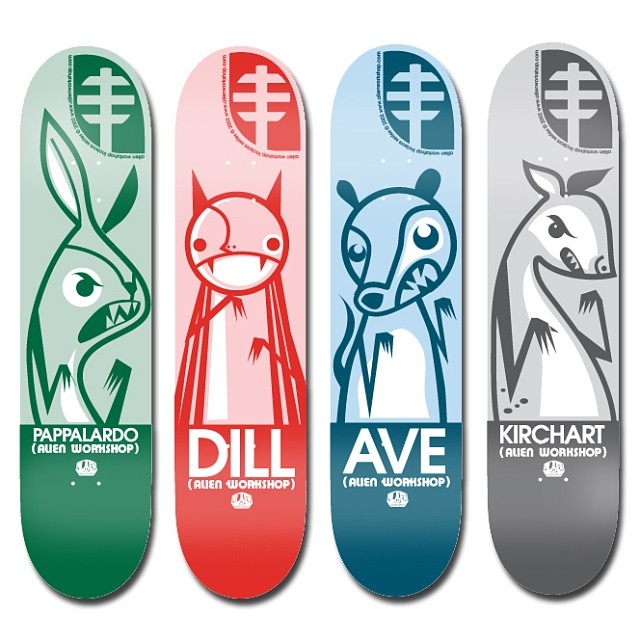
What is you favourite skate spot and why?
There are 2 components to this in my mind:
Spots I’ve skated and spots that I like to see others skating based on how rad it looked.
For example, I’ve never been to Hubba Hideout but I’ve watched so many tricks go down there over the years and it became kind of a standard for what skaters could bring to it.
Favourite spot in Ohio?
P&G banks in Cincinnati because that’s the most “Ohio” spot I can think of even though I’ve only skated there a few times.
It’s been in a lot of videos over the years.
There was a school in Dayton called Colonel White (lots of footage of it in Memory Screen) and it was super fun but it’s long gone.
…in America?
The metal edged curbs at North Elementary school, about a block from where I grew up.
….in The World?
I’ve seen a lot of those spots in Barcelona first-hand that skaters were rushing off to in order to film and if someone had to choose one spot in the world, I’d guess that would go to the entire city of Barcelona for how much was done there in such a short period of time.
It really changes your perspective to stand in front of a spot like MACBA and realise exactly what’s been done there.
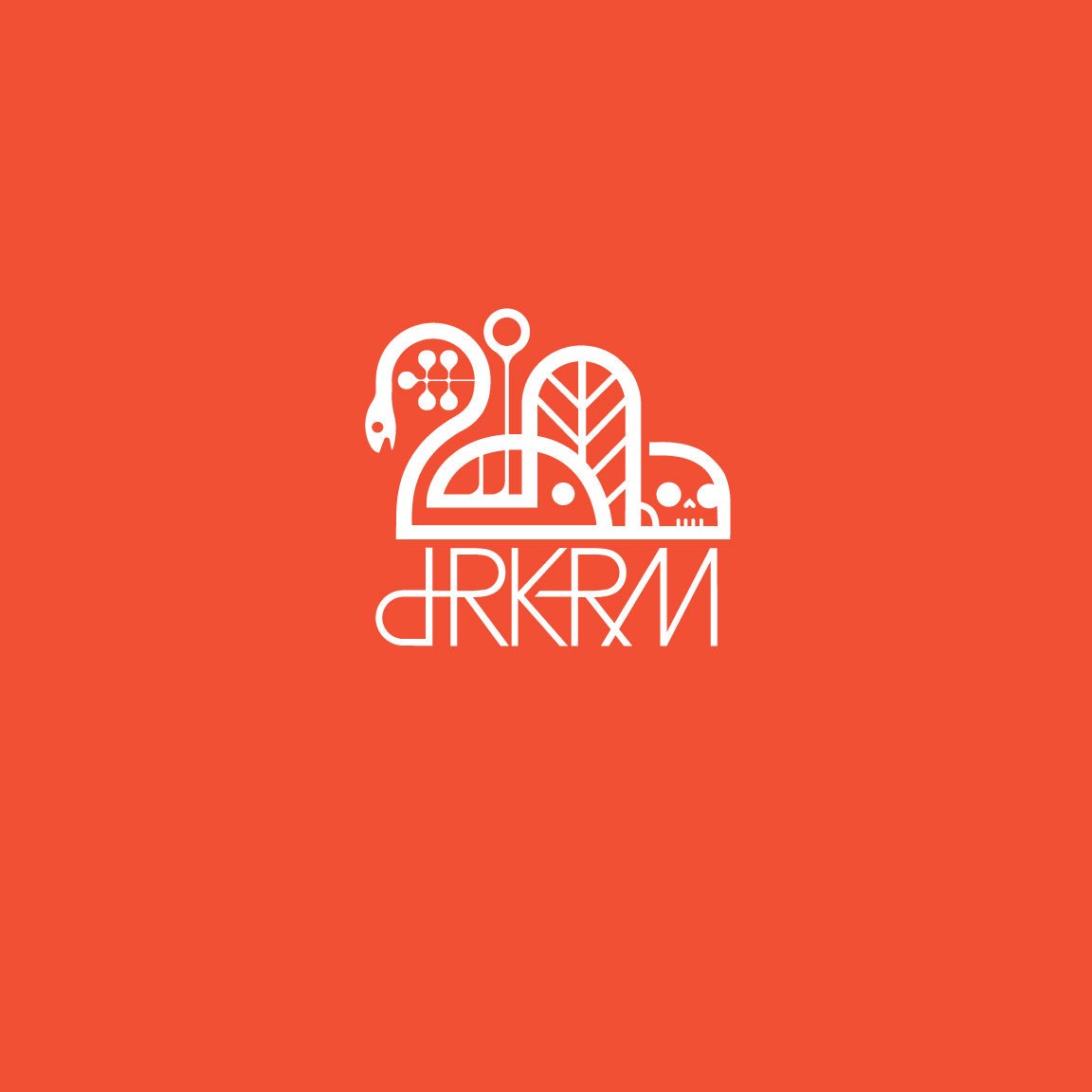
What is Darkroom?
Darkroom started out as a project around 2006 as just a little side thing that I could put energy and time into when I had it.
Then I started working on it again in 2013, doing boards that time around.
This most recent iteration is a new launch as more of a legitimate business.
Mike Sinclair and Kevin Furtado (State Footwear) are involved this time around.
Our focus has been accessories…grip tape is a big part of it, tees, socks, caps, gloves…we have a watch so the line becomes whatever we feel like injecting to it at any given time.
But it’s nice to have a creative outlet without worrying too much about direction or identity.
Does Darkroom have a skate team?
We do…a bunch of rippers.
We’ve got a young guy, Little GavinBottger whose talent is years ahead of his age.
John Clemmons and Cotie Robinson, both killers from Kentucky.
Al Krohn who is originally from Ohio, so I’ve been seeing his skating since he was just a kid through a video series that my friend Dave Ackels did called Absorb.
And then there’s Austin Thongvivog and Alec Spinosi rounding it all out.
There are some other people getting flow but this is the team that Mike Sinclair put together and guys we all agreed on.
Future plans or projects for Darkroom?
We’re a very new brand so the focus right now is just to continue to build it up some, get some stability and some visibility out there.
I don’t think any of us are too ambitious about what’s next just yet.
But I’m excited about the new spring stuff coming out.
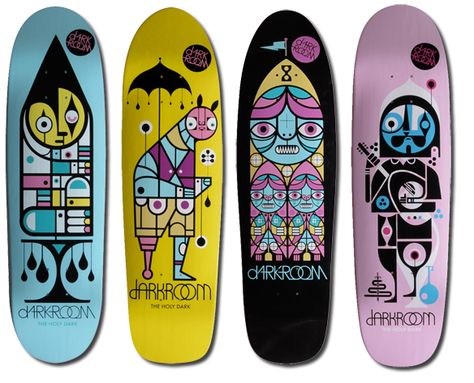
Have you ever been to The UK?
I have been to London twice.
Once for an exhibit in Shoreditch and once for leisure where I did the usual touristy stuff.
I’ve had great times there and I would like to see more outside of London proper, but it’s a lovely place, as they say.
Lots of history and amazing architecture and art.
I was there with Matt Irving and Todd Francis for the exhibit I mentioned…we were there in the middle of the World Cup finals so it was kind of crazy that time.
But the people were all super rad and friendly and that goes a long way in how you see a different city/country.
And I think it’s widely understood that those in the skateboard industry from the UK are the nicest dudes.
That’s been my experience for the most part.
Shout outs to Fos, Don Brown and Oliver Barton.
Favourite place in the UK?
Since I haven’t been too far outside of London, I’d have to go with there.
But when I think of how much great music came out of Manchester and those outer areas, those are towns I’d like to see eventually for the history alone.
What’s your favourite trick of all time and why?
The Kickflip because it’s so versatile. You can do it on all different types of terrain. You’ve got all the variations that are possible and it’s just a really fun trick to do.
When you first learn it, it takes a while to wrap your head around the control, timing and getting your front foot back on but after you have them, I’d say you’ve got them for life.
Best trick you’ve ever seen with your own eyes?
Dang, that’s a tough one.
I’ve been lucky enough to see a lot of amazing skating over the years but it almost goes back to those earliest days of figuring out what was possible and how far it could go with street skating.
Seeing Matt Hensley do a 360 Flip Tailgrab nearly waist high…that was the gnarliest thing I’d seen at that time.
All of that stuff leaves an impression and that’s the rad thing about skateboarding.
It just keeps changing and the threshold for what blows your mind keeps getting elevated.
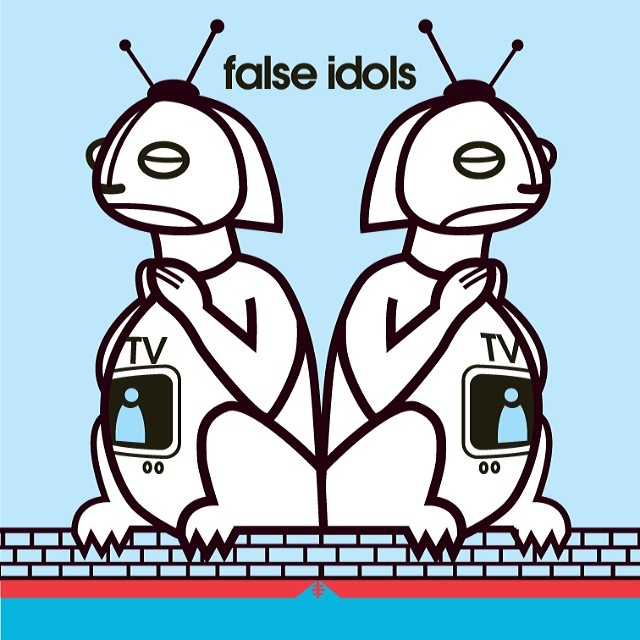
Thoughts on The No Comply Network?
It’s rad.
I loved the Jeremy Wray and Bobby Puleo interviews.
I’m down to support any kind of outlet that promotes skateboarding, skateboarders, artists and that whole spectrum of creativity.
Any last words Don?
Just lots of gratitude toward all of the people who have supported what I do, purchased something I’ve designed, invested in a painting, etc.
In America, there is this very skewed theory about the ‘self-made man.’
You’re supposed to pat yourself on the back very hard for whatever success you achieve.
But the truth is that we get where we do because of the kindness, support and guidance of others.
From my parents to teachers to past bosses to shops, galleries and customers who have backed projects and exhibits I’ve been involved in.
Whatever success I’ve had is the result of a lot of support from all kinds of angles and I’m grateful for that.
It’s allowed me to earn a living doing something I genuinely love.
